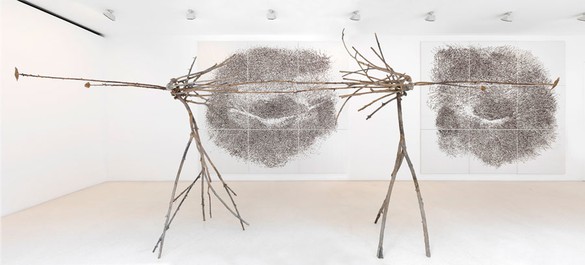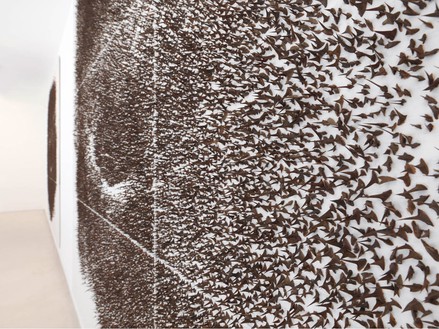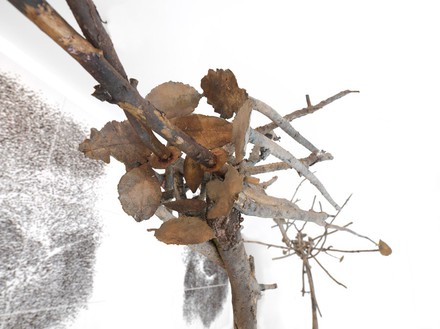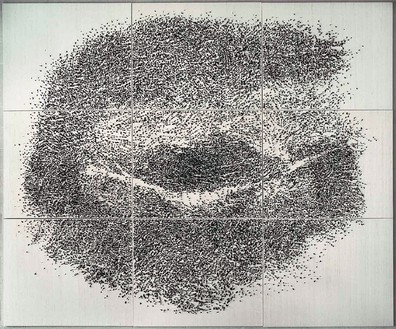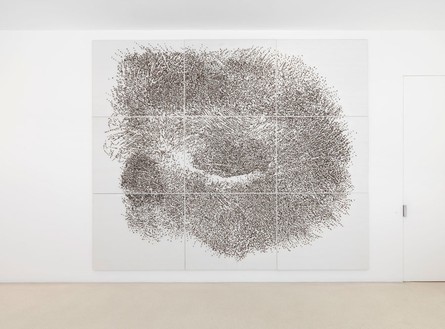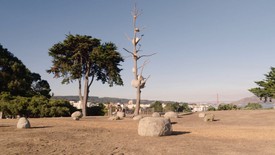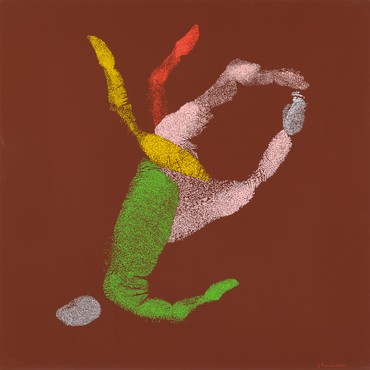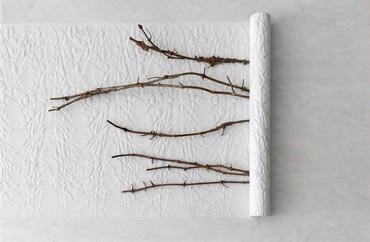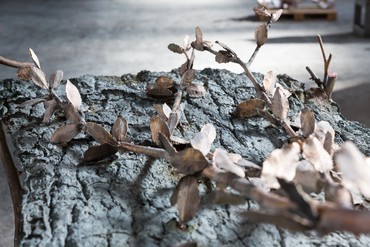About
The stretching of a branch through space in search of light has the same structure as a glance.
—Giuseppe Penone
Gagosian Gallery is pleased to present “Intersecting Gaze /Sguardo Incrociato,” an exhibition of works by Giuseppe Penone. This is his first exhibition with the gallery.
In sculptures, drawings, photographs and installations Penone makes manifest the subtle dynamics between man and nature. A key member of the Arte Povera movement, he began to develop his praxis in the forests near his hometown of Garessio, Italy in the late 1960s. By recognizing, altering, recreating and interacting with the natural cycles of the forest, he blurred the distinction between his physical self and the trees that surrounded him. In his work, respiration, growth, aging and other such involuntary processes of life create a congruence between human and tree, solidifying their shared status as living sculpture. The lines that contour his compositions, inform his drawings, and shape his sculpture are sourced from naturally occurring patterns, such as wood grain or fingerprints. A distinct and poetic augmentation of Arte Povera’s radical break with the inherited conventions of art making, Penone’s artful expressions entail a serene and meditative return to an innate state of being.
For this exhibition, Penone has engaged with the vitrine-like architecture of the Davies Street gallery to develop an installation about the act of looking. In Contatto—occhio destro di R... (2009) and Contatto—occhio sinistro di R... (2009), thorns delineate the shape of enlarged human eyes; the thorns underlining the points of contact between the skin of the eyes and the canvas surface like nerve terminals. By relating the Acacia tree thorns to the human eye, he brings out the subtle yet intrinsic similarities between subject and material: the eye captures images with light, while the tree exists because of the light; an element vital to its survival. Pelle di foglie—sguardo incrociato (2005) is a large-scale standing sculpture comprised of delicately arranged tree branches and leaves defined in bronze. On each side of the sculpture, the branches and leaves are positioned to conceal a human face. Two long branches jut outwards in the place of eyes in a projective act of looking. These works recall Penone's long held fascination with the process of seeing, evident in such iconic works as Reverse One’s Eyes (1970)—in which the artist photographed himself wearing mirrored contact lenses—and the subsequent Eyelid (1989–91), comprised of eighteen calligraphic sheets showing the magnified terrain of the artist’s eyelid. (An accompanying plaster cast of the artist’s face, with a smudged fingerprint on the eye, re-embodied the earlier gesture of Reverse One’s Eyes). Penone continues to explore nuances in scale and medium, and core themes of optical perception and universal patterns, such as the dendritic forms linking botany and human anatomy.
Giuseppe Penone was born in 1947 in Garessio, Italy. He lives and works in Paris and Turin. His work is included in many important public and private collections worldwide, including the Tate Museum, London and the Museum of Modern Art, New York. Recent exhibitions include the 2007 Venice Biennale; “Penone,” Toyota Municipal Museum of Art, Tokyo, Japan (2008), “Giuseppe Penone,” Ikon Gallery, Birmingham (2009) and “Giuseppe Penone,” Musée des Arts Contemporains, Grand-Hornu, Belgium (2011). Penone’s work Ideas of Stone (2004–10) was inaugurated at Documenta 13, which opened in Kassel, Germany in June 2012. Penone has been selected for the 2012 annual Bloomberg Commission, which will opens September 5 at the Whitechapel Gallery, London, and in 2013 his work will be the subject of major solo exhibitions at the Château de Versailles and the Kunstmuseum Winterthur.
Share
Artist
Download
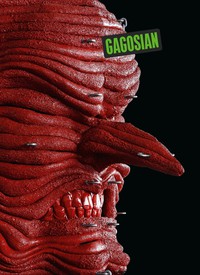
Now available
Gagosian Quarterly Fall 2022
The Fall 2022 issue of Gagosian Quarterly is now available, featuring Jordan Wolfson’s House with Face (2017) on its cover.
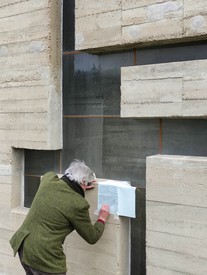
Giuseppe Penone À La Tourette
Le Couvent Sainte-Marie de La Tourette, in Éveux, France, is both an active Dominican priory and the last building designed by Le Corbusier. As a result, the priory, completed in 1961, is a center both religious and architectural, a site of spiritual significance and a magnetic draw for artists, writers, architects, and others. This fall, at the invitation of Frère Marc Chauveau, Giuseppe Penone will be exhibiting a selection of existing sculptures at La Tourette alongside new work directly inspired by the context and materials of the building. Here, Penone and Frère Chauveau discuss the power and peculiarities of the space, as well as the artwork that will be exhibited there.
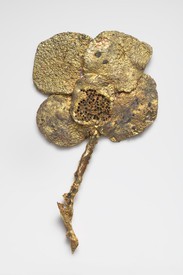
Augurs of Spring
As spring approaches in the Northern Hemisphere, Sydney Stutterheim reflects on the iconography and symbolism of the season in art both past and present.

Giuseppe Penone: By the Bay
Elizabeth Mangini writes on Giuseppe Penone’s installation of two sculptures at San Francisco’s Fort Mason.
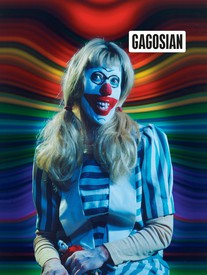
Now available
Gagosian Quarterly Spring 2020
The Spring 2020 issue of Gagosian Quarterly is now available, featuring Cindy Sherman’s Untitled #412 (2003) on its cover.
Giuseppe Penone at Fort Mason
An outdoor installation by Giuseppe Penone in San Francisco’s historic Fort Mason features two life-size bronze sculptures cast from fallen trees. The project continues the artist’s long investigation of the perpetual give-and-take between humans and nature. In this video, Penone discusses what drew him to this landscape and the concepts behind the installation.
